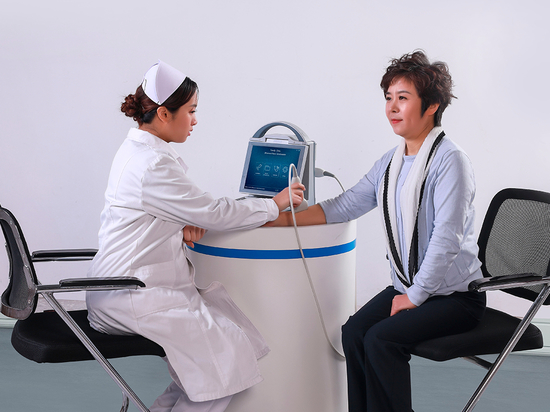
#Industry News
Frequently asked questions about arteriosclerosis tests
Arteriosclerosis generally refers to atherosclerosis, which is a non-inflammatory lesion of the artery that can thicken and harden the wall of the artery, thereby losing elasticity and leading to the narrowing of the artery lumen.
1. What is arteriosclerosis?
Normal arteries are flexible tubes made up of three layers of tissue, the inner, media and outer membrane, through which blood pumped by the heart is transported to organs throughout the body.
Arteriosclerosis generally refers to atherosclerosis, which is a non-inflammatory lesion of the artery that can thicken and harden the wall of the artery, thereby losing elasticity and leading to the narrowing of the artery lumen.
The lesions start from the intima, usually with lipid accumulation, then gradual degeneration, fibrosis and calcification of the media, and even intra-plaque bleeding and lumen thrombosis.
2. Can arteriosclerosis test be done every year?
Atherosclerosis occurs with age and is a normal physiological phenomenon, that is, the aging of blood vessels. However, if atherosclerosis causes the formation of plaque in the arteries, it can lead to narrowing of the artery lumen, so annual testing is recommended.
3. What are the advantages of arteriosclerosis detection?
Arteriosclerosis detection is a rapid, painless examination with high sensitivity, high reliability and repeatability, which can be used for the early diagnosis of arteriosclerosis in the whole body. This examination has been listed in the prevention and treatment guidelines and expert consensus of cardiovascular and diabetes in many countries (including China).
4. Who needs to be tested for arteriosclerosis?
1. Physical examination of healthy people;
2. Hypertension, hyperlipidemia patient examination;
3. Follow-up examination of diabetes patients, especially for the prevention and diagnosis of diabetes, to provide non-invasive, repeatable, high-sensitivity examination, to provide a basis for diagnosis and care;
4. Screening, postoperative review, rehabilitation follow-up, etc., for patients with coronary heart disease;
5. Raynaud syndrome;
6. Obliterans vasculitis;
7. Diagnosis of deep venous thrombosis of lower extremity and varicose veins of limb.






